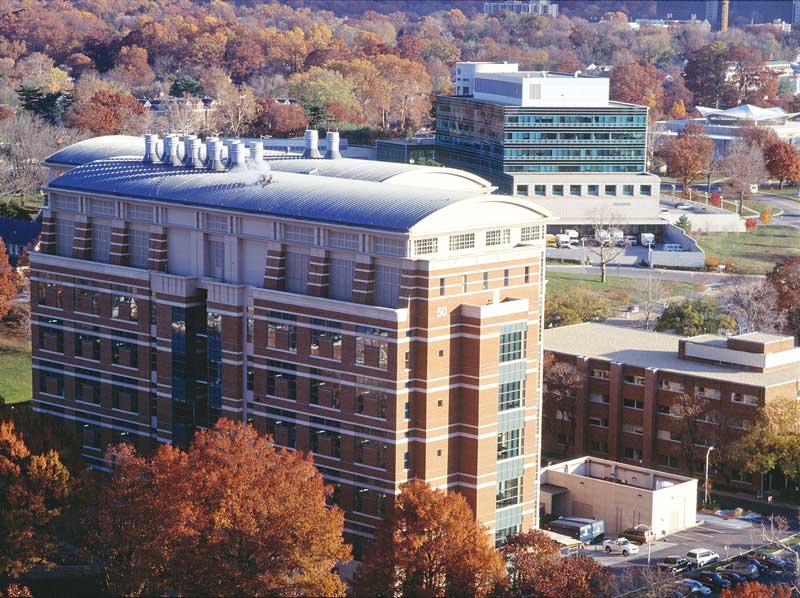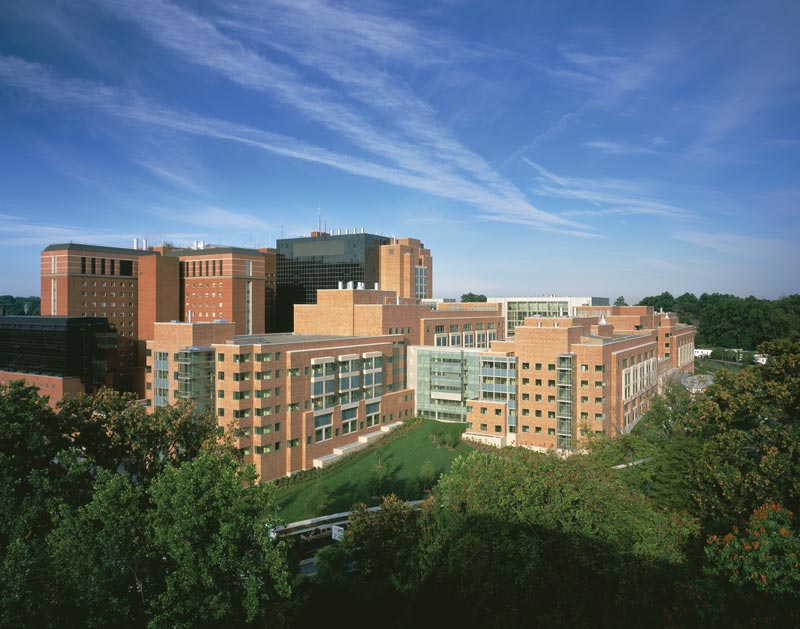DIGGING INTO THE DATA: The Role of a Physicist at the National Institutes of Health
Spring
2019
Feature
DIGGING INTO THE DATA: The Role of a Physicist at the National Institutes of Health
Tim Stasevich, Assistant Professor & Boettcher Investigator, Colorado State University as told to Rachel Kaufman, Editor
I was a grad student at the University of Maryland studying condensed matter physics when I attended a talk by Dr. Jim McNally of the Center for Cancer Research at the National Cancer Institute. He described the math they needed to solve the problem they were working on at the time—it was the same thing I was studying. After the talk, I went up to him and asked if he had any jobs for physicists, and that’s how I got a postdoc at the largest medical research agency in the United States, the National Institutes of Health (NIH).
We were studying gene expression, trying to understand what makes a cell suddenly turn cancerous. If it has the same set of genes as a healthy cell, why does a cancer cell become a cancer cell? Maybe there’s a mutation, or maybe the wrong gene is turned on, or the right gene is turned off.... We were trying to understand how genes were turned on or off at the single-cell level. As you can imagine, that research generated a lot of data, and working with data sets that large was, at the time, pretty challenging for most biologists. My job, and that of the other physicists in the lab, was to help parse the data and generate models that fit what we were seeing.
Working at a big lab was very different from academia. Everyone there had a PhD, and some had both a PhD and an MD, so everyone was very smart and focused on a common goal. The culture was also incredibly interdisciplinary. We were part of a larger group called the Laboratory of Receptor Biology and Gene Expression, with four principal investigators, and every Monday we’d have a group meeting with all four labs, about 60 people total. One lab would give a research talk and get feedback from the whole group. Now, as an academic physicist, I have my own lab meetings, but it’s just our lab—there’s less communication with other groups.
NIH would also have famous scientists give talks every week. You could feel the energy across the campus as so many people who were really intelligent, with mixed interdisciplinary backgrounds, all gathered in one place.
Today I use fluorescence microscopy to study how genes are turned on and off in living cells—essentially continuing my work at NIH but in my own lab at Colorado State University. I’m glad I went out of my comfort zone and worked in the biophysics lab at NIH. Having an outsider’s perspective when I went back into academia benefited me and helped me get a faculty position.
We’re going to need more interdisciplinary scientists to solve the problems of the future, and big labs like NIH are great places to get experience. 
Learn more about internships, postbacs, and other training opportunities at NIH at training.nih.gov.
